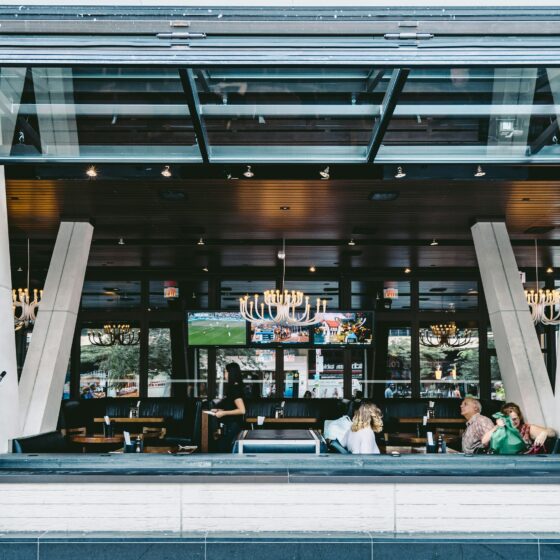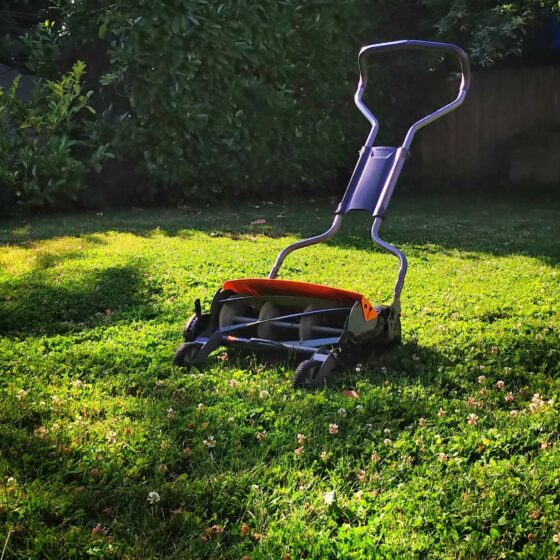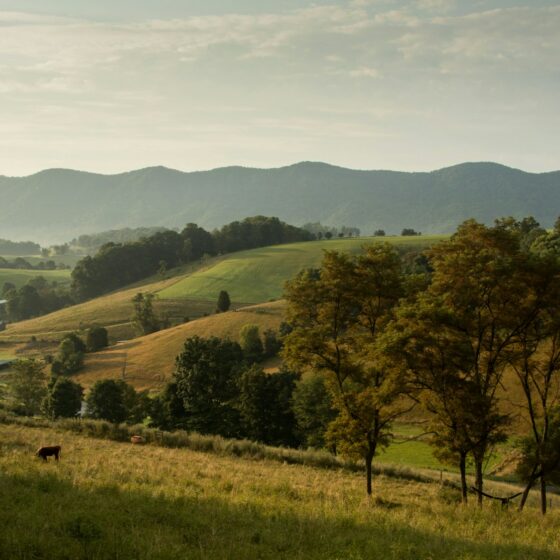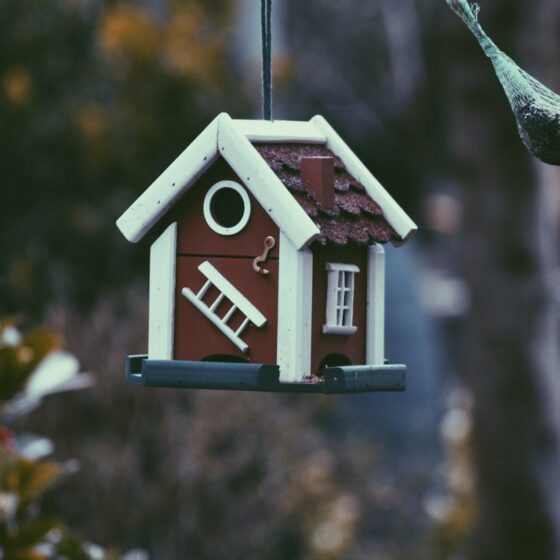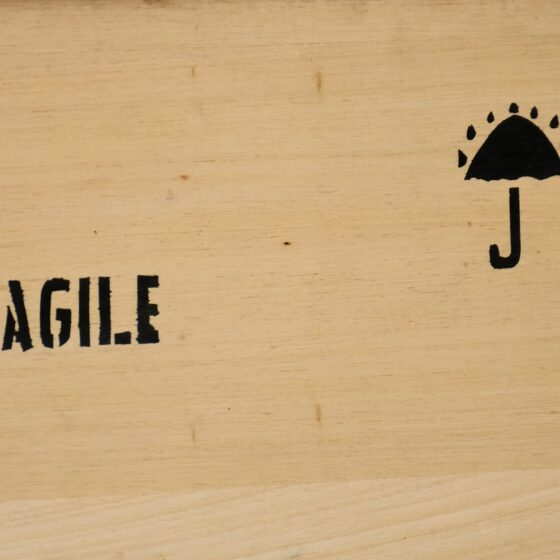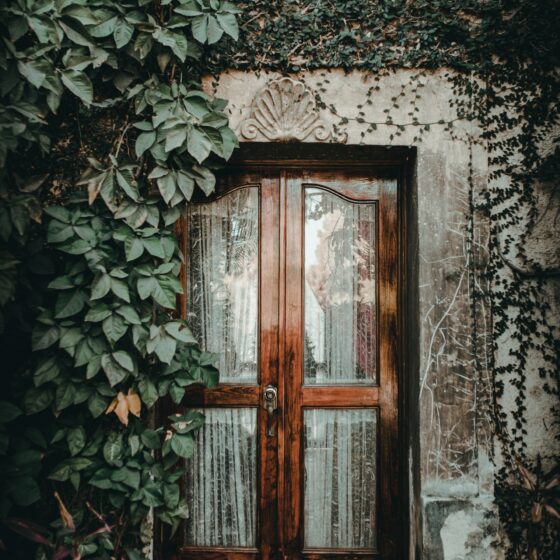Buying an existing house indeed has huge benefits and is particularly convenient if you want to move into a new home as quickly as possible and know the exact cost.
But if you wish everything in your house to be exactly as you prefer, starting from scratch may sound more appealing. In this case, the financial side requires a more serious approach, extensive research and planning, and a substantial amount of resources.
Scroll down to find out if your budget will be able to endure the pressure of this demanding project.
How Much Does It Cost to Build a House in the US?
Recently published sources show that Americans typically spend an average of $283,900 (from $116,792 to $451,452) to erect a brand new house.
The exact sum is mainly defined by your state and neighborhood, as well as the type and size of the house.
First, let’s see the average cost to build a house in some of the most populated American states.
California
If you wish to create your dream home in the most populated American state, you can expect to pay an average of $259,726. Professionals charge an average hourly rate of $21.26 for their services.
Texas
Though the Lone Star State is the second largest in America, building a house there costs noticeably less compared to California — $176,045.
The difference is due to varying labor costs. Namely, average hourly rates in CA reach $21.26, while in TX, they’re only about $14.62.
Florida
Building a house in the Sunshine State would cost you more than in Texas since the estimated average cost amounts to $208,825.
This might be somewhat surprising since the hourly labor cost is estimated to be $14, which is lower than in TX.
New York
If you’ve assumed NY would be among the most expensive states to build a house, now you can officially confirm it. With an average sum of $233,202, it’s among the top five states with the highest building expenses. Also, labor cost here reaches as much as $23.11 an hour.
Pennsylvania
The Chamber of Commerce ranks Pennsylvania as the 21st richest American state. This alone puts it on the pricier side of the spectrum.
Building a home here costs $197,901, which isn’t far behind FL. Each hour of professional work will drain an extra $18.61 from your budget.
Illinois
The average house–building cost in the Prairie State amounts to $223,329. Moreover, the hourly labor cost here is the highest in the country — $27.01. Add to that the fact that IL is among the top 20 richest states, and the reasons behind the numbers become clearer.
Ohio
Despite the average hourly labor rate of $19.20, OH ranks among the 10 least expensive states by total cost. Here, a homeowner needs to set aside $160,212 to erect a new house.
Georgia
The average building cost in GA totals $171,883, while hiring professionals costs $15.69 an hour.
North Carolina
Those who want a house in NC will be relieved to find out that the state boasts the second-lowest hourly labor cost in America — $13.50.
However, the average sum homeowners spend amounts to $185,788, which isn’t exactly in accordance with the previously mentioned ranking.
Michigan
Building a house in the Great Lakes State has huge financial benefits. Although the estimated hourly labor cost is $18.31, people in this state pay $150,310 for a new home (approximately half the national average).
Least and Most Expensive States
The following list shows the three most and least financially demanding American states in terms of constructing a new house:
MOST EXPENSIVE
#1 Hawaii ($288,066)
#2 California ($259,726)
#3 Washington ($238,898)
LEAST EXPENSIVE
#1 Oklahoma ($145,912)
#2 Michigan ($150,310)
#3 Nebraska ($152,263)
Perhaps it’s not surprising that Hawaii takes the champion title in the priciest category, considering that its cost of living index (COLI) is the highest in the USA.
On the other hand, Oklahoma is among the states with the lowest COLI, which partly explains its above-given rank.
Cost by Footage
As we’ve mentioned, location isn’t the only relevant cost factor.
Recent stats indicate the price per square foot typically ranges from $100 to $200, though more lavish options go for much more. Therefore, the average cost to build a 1,500 sq ft house is between $150,000 and $300,000.
On the other hand, the cost of constructing an average tiny house (225 sq ft) usually ranges from $22,500 to $45,000, while DIYers spend even less—between $12,000 and $35,000.
Cost by Type
Two other highly relevant characteristics that will shape the price of your new home are the material and the architectural style.
Materials
The cost of constructing a house with a timber frame costs between $200 and $250 per square foot on average.
The price range of a wood log cabin tends to be broader, so you may end up paying $125–$300 per square foot.
Homeowners typically pay anywhere from $10,000–$75,000 if they want bricks used for the siding while building a concrete house typically costs between $105 and $208 per square foot.
Due to the affordability of the necessary materials, cob construction houses seem to be among the cheapest to build, with an average cost of $7,000. However, they’re not an everyday sight, despite their low price and sustainability.
Styles
Due to the simplicity of its layout, a ranch-style house is among the most affordable — its average price per square foot is $150.
Colonial houses, on the other hand, can cost twice as much, so you’ll have to cash out approximately $300 for every square foot of the property.
Cottage houses and bungalows fall somewhere in between ranch style and colonial homes, with an average cost of $250.
For the construction of an A-frame home, an owner typically pays $100–$200, while a square foot of a row house can cost anywhere from $100 to $400.
How Much Does It Cost to Build a House Yourself?
For the construction of a 2,000–2,500 sq ft house, DIYers are likely to pay between $120,000 and $220,000. More precisely, the average cost of building a 2,000sq ft property is estimated at $170,000.
Normally, in more expensive areas, the prices go much higher.
Conclusion
No doubt, calculating the construction costs of a serious project like building a new home is challenging.
Usually, the best way to start is to list down all the phases, tasks, materials, and equipment you’ll need. Once you’ve done that, you’re ready to move on to the next step and add up the individual costs.




